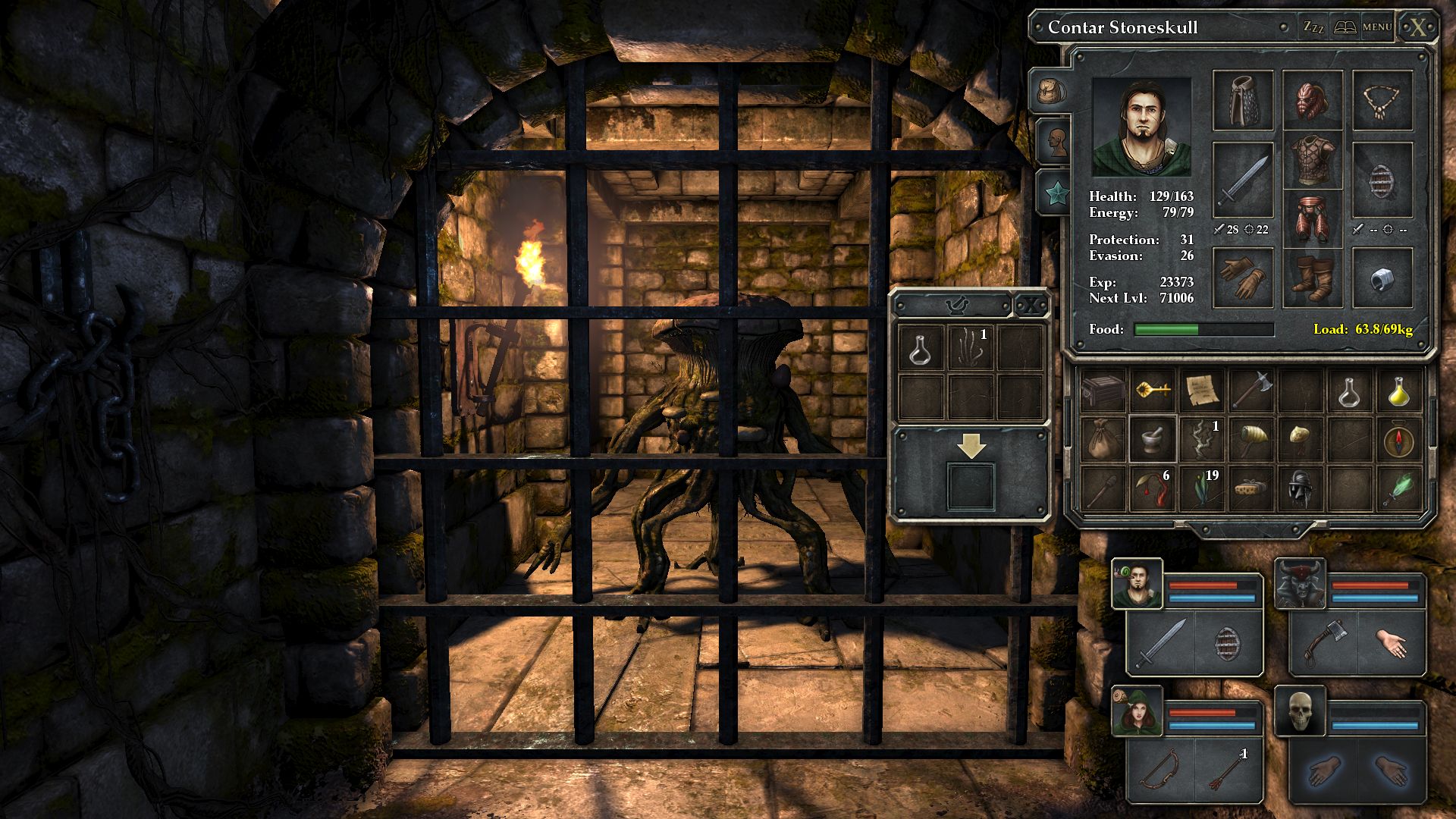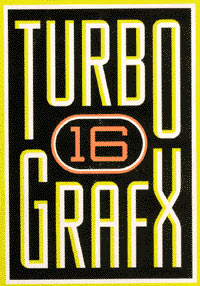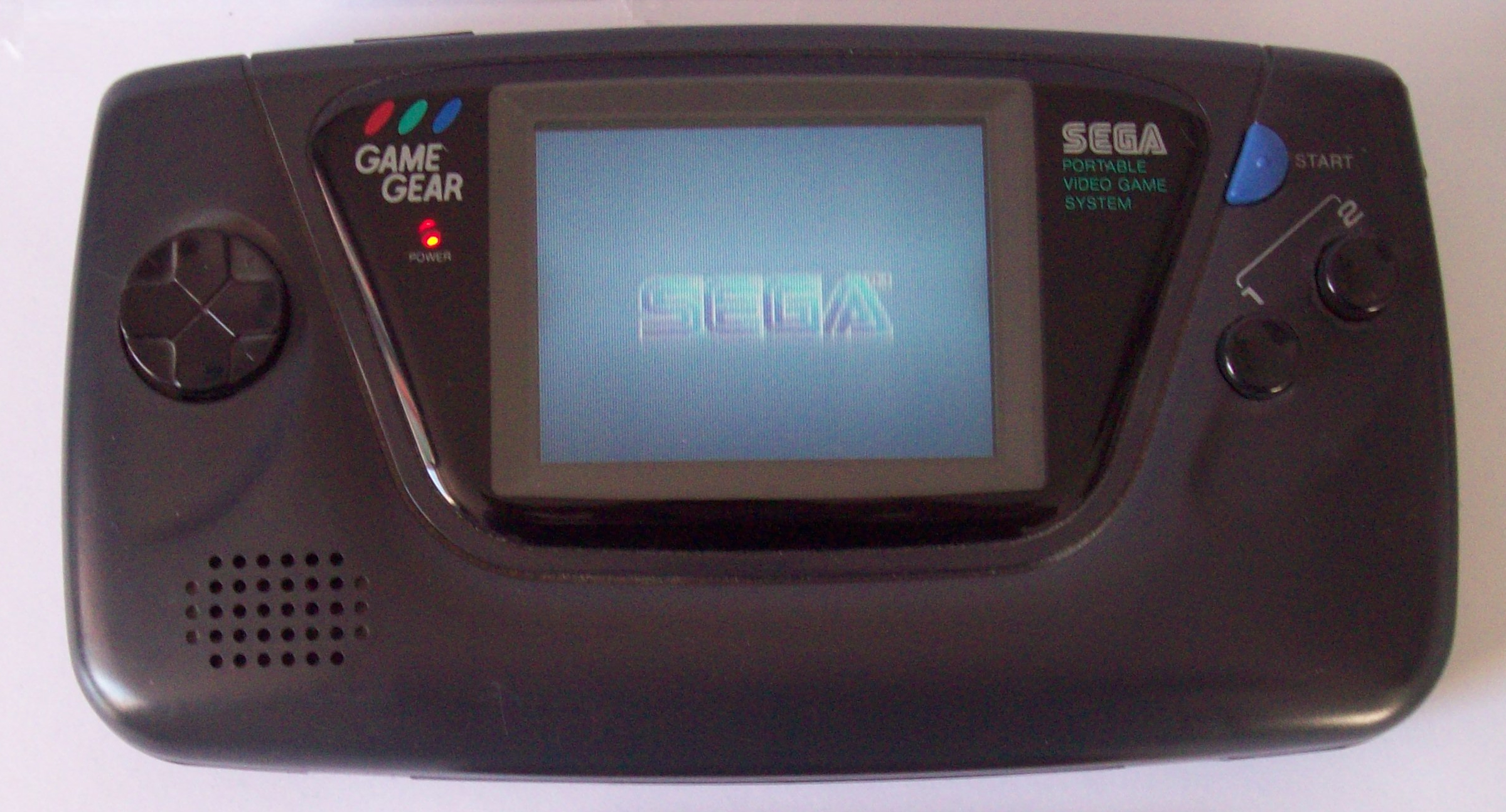|
List Of Sailor Moon Video Games
The ''Sailor Moon'' video game series is based on Naoko Takeuchi's manga and anime series of the same name. The series was released in Japan during the height of the media franchise's popularity. By 1995, there were ten game releases, each with sales figures of about 200,000 to 300,000. By 1998, twenty games were released. Despite the worldwide popularity of the anime, the vast majority of video games based on the series have never officially been released outside of Asia, outside of a few Europe-exclusive video games. Nintendo systems Sega systems PlayStation systems Playdia systems Other systems Mobile Other games featuring ''Sailor Moon'' characters References {{DEFAULTSORT:Sailor Moon Video Games, List Of Bandai games Bandai Namco franchises Banpresto games Kodansha franchises Video games A video game or computer game is an electronic game that involves interaction with a user interface or input device (such as a joystick, game controller, con ... [...More Info...] [...Related Items...] OR: [Wikipedia] [Google] [Baidu] |
Sailor Moon
is a Japanese manga series written and illustrated by Naoko Takeuchi. It was originally serialized in Kodansha's Shōjo manga, ''shōjo'' manga magazine ''Nakayoshi'' from 1991 to 1997; the 60 individual chapters (later reorganized into 52), along with several side stories, were compiled in 18 Tankōbon, volumes. The series follows the adventures of a schoolgirl named Sailor Moon (character), Usagi Tsukino as she transforms into the eponymous character to search for a magical artifact, the . She leads a group of comrades, the Sailor Soldiers, called Sailor Guardians in later editions, as they battle against villains to prevent the theft of the Silver Crystal and the destruction of the Solar System. The manga was adapted into Sailor Moon (TV series), an anime series produced by Toei Animation and broadcast in Japan from 1992 to 1997. Toei also developed three animated feature films, a television special, and three short films based on the anime. A live-action television ad ... [...More Info...] [...Related Items...] OR: [Wikipedia] [Google] [Baidu] |
Role-playing Video Game
Role-playing video games, also known as CRPG (computer/console role-playing games), comprise a broad video game genre generally defined by a detailed story and character advancement (often through increasing characters' levels or other skills). Role-playing games almost always feature combat as a defining feature and traditionally used Turn-based role-playing game, turn-based combat; however, modern role-playing games commonly feature real-time Action role-playing game, action combat or even non-violent forms of conflict resolution (with some eschewing combat altogether). Further, many games have incorporated role-playing elements such as character advancement and quests while remaining within other genres. Role-playing video games have their origins in tabletop role-playing games and use much of the same :Role-playing game terminology, terminology, Campaign setting, settings, and Game mechanics, game mechanics. Other major similarities with pen-and-paper games include develope ... [...More Info...] [...Related Items...] OR: [Wikipedia] [Google] [Baidu] |
Terebikko
The is an interactive VHS console game system released in Japan by Bandai in 1988. Titles released included a wide variety of known franchises, such as ''Super Mario World'', ''Dragon Ball Z'', and many more. The system was also released in the U.S. as the See 'n Say Video Phone by Mattel in 1989. Gameplay This system has the shape of a toy phone, and is connected to the TV's audio output jack. It has four large main buttons numbered 1 to 4, each with a different color (red, blue, green, yellow). Throughout the video, the viewer receives calls from characters on-screen, and answers questions using the telephone. The phone uses signals from the video (inaudible through the built-in speaker), to interact with the viewer, as such for giving bad or good answers. Games * ''Pocket Zaurus: Party Island no Nakamatachi 1'' * ''Pocket Zaurus: Party Island no Nakamatachi 2'' * '' Obake no Q-Taro: Oba Q Channel'' * '' Moomin no Sutekina Present'' * '' Hello! Lady Lynn: Yume no wo Hey ... [...More Info...] [...Related Items...] OR: [Wikipedia] [Google] [Baidu] |
TheTVDB
TheTVDB.com is a community-driven database of television shows. All content and images on the site have been contributed by the site's users; the site uses moderated editing to maintain its own standards. Purpose The stated aim to be the most complete and accurate source of information on TV series from many languages and countries. It provides a repository of series, season and episode images that can be used in various types of home theater PC software to make the visual interface experience more appealing. Applications The site has a full JSON API An application programming interface (API) is a connection between computers or between computer programs. It is a type of software interface, offering a service to other pieces of software. A document or standard that describes how to build ... that allows other software and websites to use this information. The API is currently being used by the myTV add-in for Windows Media Center, Jellyfin, Zappiti, Kodi (formerly XBM ... [...More Info...] [...Related Items...] OR: [Wikipedia] [Google] [Baidu] |
Turbo CD
The TurboGrafx-16, known in Japan as the , is a home video game console developed by Hudson Soft and manufactured by NEC. It was released in Japan in 1987 and in North America in 1989. The first console of the fourth generation of video game consoles, fourth generation, it launched in Japan to compete with Nintendo's Family Computer, Famicom, but its delayed U.S. debut placed it against the more advanced Sega Genesis and later the Super Nintendo Entertainment System, Super NES. The TurboGrafx-16 features an 8-bit computing, 8-bit CPU paired with dual 16-bit graphics processors, and supports up to 482 on-screen colors from a palette of 512. The "16" in the console’s North American branding was criticized as misleading. With dimensions of , the PC Engine remains the smallest major home console ever released. Games were initially released on HuCard cartridges, but the platform later supported additional formats requiring separate hardware: TurboGrafx-CD (''CD-ROM²'' in Japan) ga ... [...More Info...] [...Related Items...] OR: [Wikipedia] [Google] [Baidu] |
Sailor V
is a manga created by Naoko Takeuchi. The series revolves around the character Minako Aino, a cheerful schoolgirl who finds out that she has magical powers that she must use to protect the people of the Earth. ''Codename: Sailor V'' is the basis for its sequel, '' Pretty Soldier Sailor Moon''. Plot Minako Aino is a 13-year-old young middle school student who is slightly distracted, out-spoken and dreams about someday finding her true love and boyfriend. One day, she encounters a talking white cat with a crescent moon on its forehead named Artemis. He reveals that Minako possesses the magical ability to transform into a much stronger, more powerful, and more beautiful girl than anyone. He calls her "Sailor Venus" and tells her she has a mission to protect Earth in the name of her guardian planet Venus. To help her with her new mission, Artemis gives her two items, a crescent moon shaped compact and a magical pen. The magical pen allows her to transform into the Soldier of Ju ... [...More Info...] [...Related Items...] OR: [Wikipedia] [Google] [Baidu] |
X68000
The is a home computer created by Sharp Corporation. It was first released in 1987 and sold only in Japan. The initial model has a 10 Megahertz, MHz Motorola 68000 Central processing unit, CPU, 1 Megabytes, MB of Random Access Memory, RAM, and lacks a Hard disk, hard drive. The final model was released in 1993 with a 25 MHz Motorola 68030 CPU, 4 MB of RAM, and optional 80 MB SCSI hard drive. RAM in these systems is expandable to 12 MB, though most games and applications do not require more than 2 MB. The X68000 has graphics hardware similar to arcade video games of the late-1980s, with custom coprocessors supporting scrolling, tiled backgrounds, and large numbers of sprite (computer graphics), sprites. Sound is supplied through multiple sound chips supporting 8 channels of FM synthesis and one channel of adaptive differential pulse-code modulation audio, which are mixed down to 2 analog stereo channels via a Digital-to-analog converter, DAC chip. As such, Vide ... [...More Info...] [...Related Items...] OR: [Wikipedia] [Google] [Baidu] |
Playdia
The (developed under the codename "BA-X") is a fifth-generation home video game console released exclusively in Japan in 1994 at the initial price of ¥24,800. It was intended for a young audience and, like many consoles of the era (such as the LaserActive and the 3DO Interactive Multiplayer), was marketed more as a multimedia home entertainment system than as a dedicated gaming console, with anime quiz software and edutainment making up most of the game library. The Playdia uses a single infrared joypad with simple controls. Bandai, the Playdia's manufacturer, was the only software publisher to support this console (except for VAP who published '' Ie Naki Ko - Suzu no Sentaku'' instead of Bandai). Overview The Playdia has a CD-ROM drive, and the software is on CD-ROM. The controller has two AAA batteries with infrared wireless that can be stored in the main unit. The target age group was set mainly for elementary school students as both the hardware and software were inexpensi ... [...More Info...] [...Related Items...] OR: [Wikipedia] [Google] [Baidu] |
PlayStation (console)
The (codenamed PSX, abbreviated as PS, and retroactively PS1/PS one) is a home video game console developed and marketed by Sony Computer Entertainment. It was released in Japan on December 3, 1994, followed by North America on September 9, 1995, Europe on September 29, 1995, and other regions following thereafter. As a fifth generation of video game consoles, fifth-generation console, the PlayStation primarily competed with the Nintendo 64 and the Sega Saturn. Sony began developing the PlayStation after a failed venture with Nintendo to create Super NES CD-ROM, a CD-ROM peripheral for the Super Nintendo Entertainment System in the early 1990s. The console was primarily designed by Ken Kutaragi and Sony Computer Entertainment in Japan, while additional development was outsourced in the United Kingdom. An emphasis on 3D computer graphics, 3D polygon graphics was placed at the forefront of the console's design. PlayStation game production was designed to be streamlined and incl ... [...More Info...] [...Related Items...] OR: [Wikipedia] [Google] [Baidu] |
Sega Pico
The Sega Pico, also known as is an educational video game console by Sega Toys. The Pico was released in June 1993 in Japan and November 1994 in North America and Europe, later reaching China in 2002. Marketed as "Educational entertainment, edutainment", the main focus of the Pico was educational video games for children between 3 and 7 years old. Releases for the Pico were focused on education for children and included titles supported by licensed franchised animated characters, including Sega's own ''Sonic the Hedgehog'' series. Though the Pico was sold continuously in Japan through the release of the Beena, in North America and Europe the Pico was less successful and was discontinued in early 1998, later being re-released by Majesco Entertainment. Overall, Sega claims sales of 3.4 million Pico consoles and 11.2 million game cartridges, and over 350,000 Beena consoles and 800,000 cartridges. It was succeeded by the Advanced Pico Beena, released in Japan in 2005. The ePICO, ... [...More Info...] [...Related Items...] OR: [Wikipedia] [Google] [Baidu] |
Sega Saturn
The is a home video game console developed by Sega and released on November 22, 1994, in Japan, May 11, 1995, in North America, and July 8, 1995, in Europe. Part of the fifth generation of video game consoles, it is the successor to the successful Sega Genesis, Genesis. The Saturn has a dual-Central processing unit, CPU architecture and eight processors. Its games are in CD-ROM format, including several Porting, ports of arcade games and original games. Development of the Saturn began in 1992, the same year Sega's groundbreaking 3D computer graphics, 3D Sega Model 1, Model 1 arcade hardware debuted. The Saturn was designed around a new CPU from the Japanese electronics company Hitachi. Another video display processor was added in early 1994 to better compete with the 3D graphics of Sony Interactive Entertainment, Sony's forthcoming PlayStation (console), PlayStation. The Saturn was initially successful in Japan but not in the United States, where it was hindered by a surprise ... [...More Info...] [...Related Items...] OR: [Wikipedia] [Google] [Baidu] |
Game Gear
The is an 8-bit Fourth generation of video game consoles, fourth-generation handheld game console released by Sega on October 6, 1990 in Japan, in April 1991 throughout North America and Europe, and in 1992 in Australia. The Game Gear primarily competed with Nintendo's Game Boy, the Atari Lynx, and NEC's TurboExpress. It shares much of its hardware with the Master System, and can play Master System games through the use of an adapter. Although the Game Gear was rushed to market, it still went on sale more than a year after the Game Boy. With a full-color Backlight, backlit screen, a landscape format and a more powerful Zilog Z80, Z80 CPU, Sega positioned the handheld device as technologically superior to the Game Boy. Ultimately, its unique List of Game Gear games, game library and price point gave it an edge over the Atari Lynx and TurboExpress, but its short battery life, large size, lack of original games, and weak support from Sega left the Game Gear unable to surpass the Ga ... [...More Info...] [...Related Items...] OR: [Wikipedia] [Google] [Baidu] |



